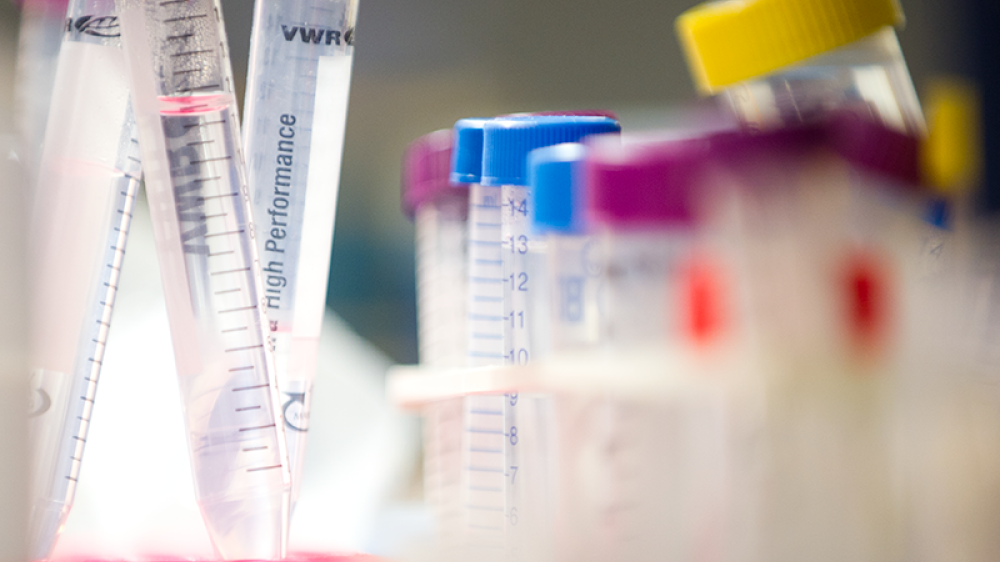Celebrating 12 years of working in toxicology and regulatory sciences

Since the inception of the NC3Rs 12 years ago, we have had a programme of work in toxicology and regulatory sciences.
The programme has grown substantially in momentum, as the organisation has. Starting with one programme manager working on the acute toxicity testing for pharmaceuticals project, we now have three dedicated Programme Managers in this area, managing 15 working groups across diverse areas of toxicology (including ecotoxicology, human health, and drug development). This has been facilitated in part by funding for dedicated posts, from the ABPI, Unilever, Shell, Syngenta, Dow and SC Johnson.
Toxicology is an area where large numbers of animals are used to meet mandatory regulatory requirements to ensure product and drug safety for humans and the environment. These tests are often associated with suffering, and there are concerns around how relevant traditional toxicity tests are to both humans and environmental species. Industry is keen to advance the 3Rs in this area, to work together to promote best practice within the existing regulatory frameworks and to support regulatory change where appropriate. We have supported this through cross-sector working group and data sharing activities, and to date have worked with over 70 companies across the (agro)chemicals, consumer products and pharmaceutical industries and 18 regulatory bodies, and shared data on over 1000 chemicals and drugs.
Many exciting new technologies and approaches are emerging from the science-base that have enormous potential to be used in safety assessment. We have supported this by investing almost £16 million into toxicology research and development through funding of basic research and our CRACK IT open innovation scheme.
We are ultimately working towards our ‘vision’ that there will be decreased reliance on animal toxicity tests in the future in conjunction with improvements in the science and predictivity of safety assessment.
Last month we held a Toxicology Showcase event to celebrate our progress in this area so far and to help direct our future strategy. This event brought together 65 delegates, from (eco)toxicology experts who have participated in NC3Rs-led working groups, to scientists involved in toxicology-relevant CRACK IT Challenges and Solutions, representatives from external organisations we collaborate with, and NC3Rs-funded researchers working to advance the application of the 3Rs in (eco)toxicity testing.
The Showcase event gave us the chance to demonstrate the breadth and depth of the NC3Rs work in the field, including our office-led projects and relevant projects we have funded across other parts of our portfolio. Breakout group discussions took place around three NC3Rs priority areas in safety assessment, to identify the challenges in these areas that still need to be addressed to genuinely progress the 3Rs. It was also a great opportunity for participants to network with new and existing colleagues from the field. Participants noted that “the highlights were the networking with people from the different sectors, and the variety of different presentations - it was interesting to hear the overview of the NC3Rs’different types of work”, and that “… today’s event was great in terms of seeing where the field is and where the field wants to go.”
The breakout group discussions prompted lively and interesting debate. The three groups explored the challenges and opportunities in applying pathways-based and exposure-driven approaches in safety assessment, as well as regulatory issues and global harmonisation. One of the overarching themes that came out of the discussions is that there continues to be great benefit and value in sectors coming together to share their experiences and learn from one another. This needs to be balanced against the fact that different sectors will have differing needs and priorities, and that some of the new approaches will be more applicable for some industries than for others. The need to shift safety assessment from a hazard-based to an exposure-led focus was also apparent across all three groups. This shift will ensure that all toxicity testing, be it animal or non-animal, is physiologically relevant, helps to answer the necessary scientific questions, and is supportive of decision-making.
The posters presented on the NC3Rs centre-led projects at the Toxicology Showcase can be viewed below:
- A global initiative to refine acute inhalation studies through the use of ‘evident toxicity’ as an endpoint: towards adoption of the Fixed Concentration Procedure
- Global cross-company data-sharing on the use of recovery animals for human safety assessment
- Aligning nanotoxicology with the 3Rs: What are the short, medium and long-term opportunities?
- Application of the Adverse Outcome Pathway (AOP) approach for cardiotoxicity endpoints
- Assessing the changing landscape of microsampling use through a global cross-company initiative
- Global cross-company data-sharing on the housing of non-rodents during the recording of cardiovascular telemetry data on toxicology studies
- Maximising the success of rat bile duct cannulation studies: recommendations for best practice
- The utility of QSARs in predicting acute fi sh toxicity of pesticide metabolites: a retrospective validation approach
- Reducing repeat testing of regulatory vertebrate ecotoxicology studies through a critical assessment of Test Guideline criteria
- Waiving in vivo studies for monoclonal antibody biosimilar development: National and global challenges
